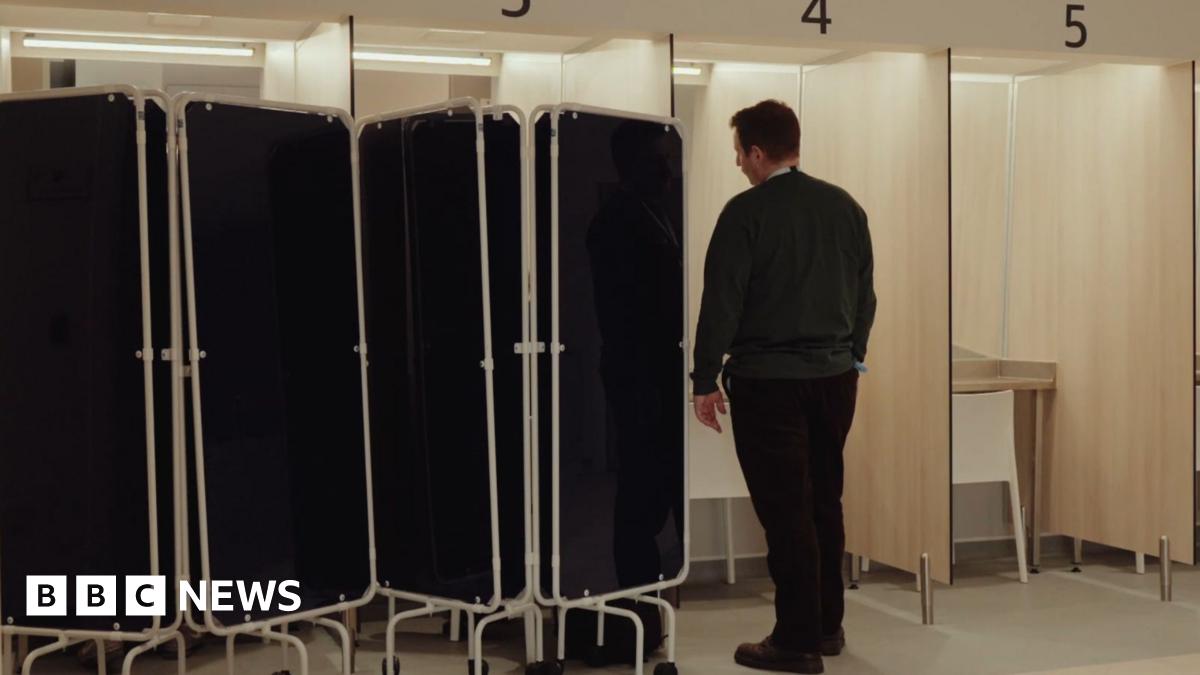UK's First Drug Injection Room: Saving Lives or Enabling Addiction?
The UK has taken a controversial step in its approach to drug addiction, opening its first supervised drug consumption site (SDCS) in Brighton. This move, lauded by some as a life-saving intervention, has sparked fierce debate, pitting proponents who emphasize harm reduction against critics who fear it normalizes drug use. This article delves into the complexities of the issue, examining the arguments for and against the facility and exploring its potential impact on public health.
A Groundbreaking Initiative: Brighton's Supervised Consumption Site
Brighton's SDCS, located in a discreet location, offers a safe and medically supervised space for individuals struggling with addiction to inject drugs. The facility provides not only a sterile environment to minimize the risk of infection and overdose, but also crucial access to healthcare professionals, addiction support services, and harm reduction strategies. This includes:
- Sterile injecting equipment: Reducing the transmission of blood-borne diseases like HIV and Hepatitis C.
- Overdose prevention and reversal: Trained staff are on-hand to administer naloxone and provide immediate medical attention in case of overdose.
- Healthcare and addiction support: The site offers pathways to treatment, counseling, and other vital support services, encouraging individuals to seek help.
- Connecting individuals with social services: Addressing the often complex social factors that contribute to addiction, such as homelessness and poverty.
Arguments for the Injection Room: A Public Health Perspective
Proponents of SDCSs argue that they are a crucial component of a harm reduction strategy, prioritizing the saving of lives and reducing the public health burden associated with drug addiction. Key arguments include:
- Reduced overdose deaths: Providing a supervised environment significantly lowers the risk of fatal overdoses.
- Decreased transmission of infectious diseases: Sterile equipment and access to healthcare dramatically reduce the spread of blood-borne diseases.
- Improved access to healthcare and support: The facility acts as a gateway to treatment and support services, encouraging individuals to engage in recovery.
- Reduced public nuisance: Concentrating drug use in a supervised setting can potentially minimize drug-related problems in the surrounding community.
Concerns and Criticisms: The Counterarguments
Despite the potential benefits, the introduction of SDCSs has faced strong opposition. Critics raise concerns about:
- Normalization of drug use: Opponents argue that providing a safe space for injection could inadvertently encourage drug use and make it more socially acceptable.
- Potential increase in drug-related crime: Some worry that the facility might attract drug users to the area, leading to an increase in crime.
- Impact on local communities: Concerns have been raised about the effect on property values and the perception of safety in the surrounding neighbourhood.
- Resource allocation: Critics question whether resources dedicated to SDCSs could be better used on other drug prevention and treatment programs.
The International Context: Evidence-Based Approaches
Many cities worldwide have implemented supervised consumption sites, demonstrating their effectiveness in reducing harm and improving public health outcomes. Countries like Canada, Australia, and several European nations have accumulated considerable data supporting the positive impact of these facilities. These examples provide valuable insights and evidence that can inform the ongoing debate in the UK. [Link to a reputable article on international SDCS success stories]
The Future of Harm Reduction in the UK: A Long-Term Perspective
The opening of Brighton's SDCS marks a significant shift in the UK's drug policy. While the long-term impact remains to be seen, careful monitoring and evaluation of its effectiveness are crucial. The success of this initiative will depend on a multifaceted approach that includes not only providing safe injection spaces but also investing in comprehensive drug treatment, prevention, and social support programs. The future will require ongoing dialogue, robust research, and a commitment to evidence-based policy-making to ensure that the UK's response to the complex issue of drug addiction effectively balances harm reduction with community concerns.
Call to Action: What are your thoughts on the UK's first drug injection room? Share your perspective in the comments below.

